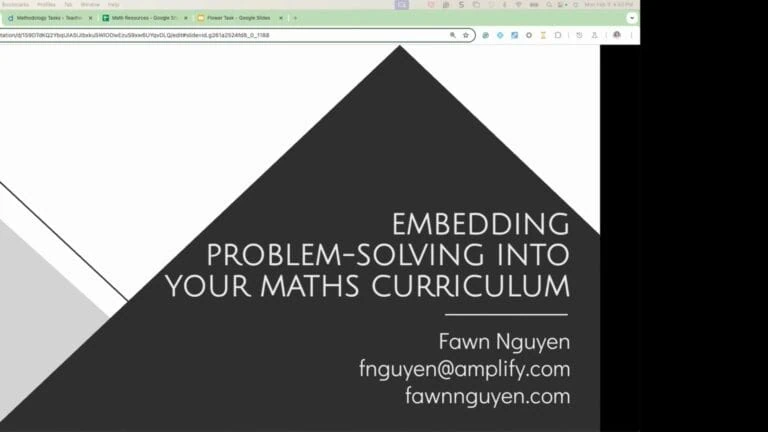Ryan Dougherty from Brainingcamp helped share some essential reasons and examples for providing concrete and pictorial experiences in our mathematics classrooms. We know the benefit of these experiences help to make sense of the abstract and symbolic notations that make up math language. Ryan helped show us how visuals through the Brainingcamp app can support concepts from subitizing, counting, addition and subtraction, as well as multi-digit multiplication and division.
3 big takeaways from the session:
- Multiple representations build meaning behind the math.
- “Concrete manipulatives are for the WHY, and to look for patterns to solve problems.”
- Yes! Even intermediate grade levels still need concrete and visual representations.
We love and appreciate all that Brainingcamp provides to teachers in the mathematics classroom!
Download the share code resource below!


